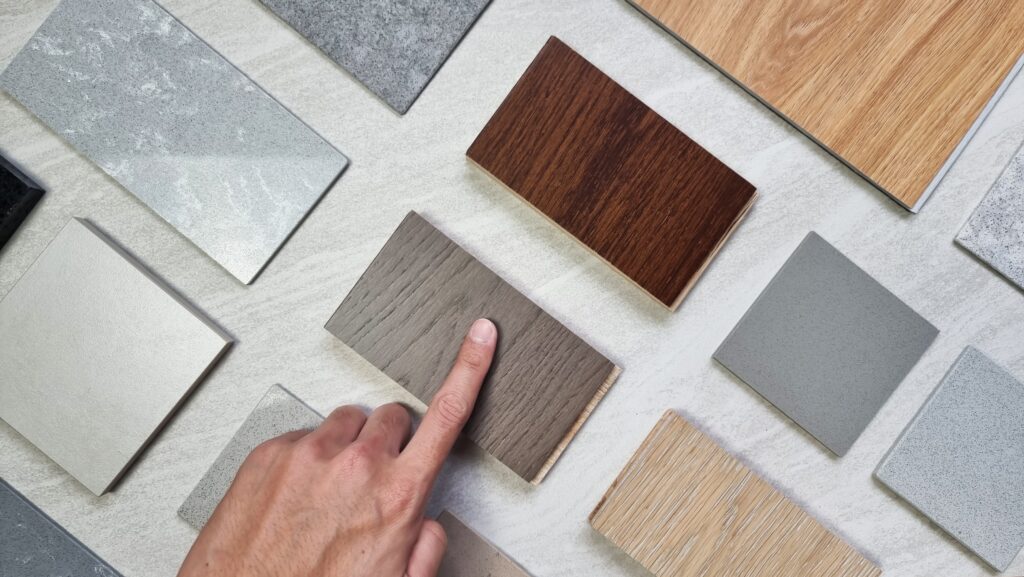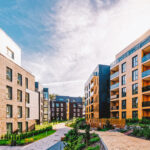Ventilated façades are a modern and efficient choice for cladding buildings, offering a solution to building design capable of combining aesthetics, durability, thermal and energy performance. But, faced with an ever-expanding market, how do we choose the best materials for ventilated façades?
Ventilated façade cladding material: comparing surfaces
The choice of materials for ventilated façades plays a key role in the overall work of designing a new building or restoring an existing one. Most certainly, over the years, porcelain stoneware has proved to be a versatile and fashionable choice among the most popular innovative materials for ventilated façades, but let’s take a closer look at the other interesting options like glass, wood, stone, to help you choose the ideal material for your ventilated systems.
- Glass: this material for ventilated façade has the advantage of providing the building with an elegant and distinct character. Indeed, glass is well known for its ability to bring light and transparency to buildings, ideal for environments which need a visual connection with the outside and plenty of natural light. In this case, we are talking more about a façade with a double skin rather than a ventilated façade. In any case, it is essential to consider the management of thermal-acoustic insulation, because the use of glass as a material for ventilated façade can be less efficient compared to other materials.
- Wood: a solution to bring warmth and naturalness to the inside and outside of buildings. The choice of wood from among the different ventilated façade cladding materials is ideal for those looking for a welcoming appearance and want to make their contribution to saving the environment. Well-known for its insulating properties, wood can contribute to the energy efficiency of the cladding and is a sustainable material. It does, however, also require a more meticulous and careful periodical maintenance compared to other solutions to ensure it lasts over time.
- Stone: a material for ventilated façade offering timeless elegance. Natural stone can resist bad weather and offers a robust and long-lasting appearance, found in different aesthetic finishes. Equally, it can be an extremely heavy material, an important aspect to bear in mind when designing a building, as well as being more expensive than other materials for ventilated façades.

Porcelain stoneware is one of the most innovative materials for ventilated façades
Porcelain stoneware is a ceramic material with growing consensus and increasingly used for cladding with a ventilated system. Its versatility offers considerable design flexibility, expressed through a vast range of colours, finishes and sizes, managing to perfectly imitate even the materials and textures typical of wood, marble and metals. Furthermore, porcelain stoneware is ecological, resistant to bad weather, UV rays, chemical agents and does not require any particular maintenance. Its lightness also contributes to making it easy to install at a reasonable price.
In conclusion, whether you favour the elegance of glass, the warmth of wood, the solidness of stone or the versatility of porcelain stoneware, it is important to point out that each of these materials has specific advantages and disadvantages. The right choice of ventilated façade material depends on a number of factors, including the desired look, thermal-acoustic insulation and the necessary energy performance, together with practical needs, sustainability of the building and available budget.
Remember that consulting with industry professionals and experts can be extremely useful for making informed decisions.



